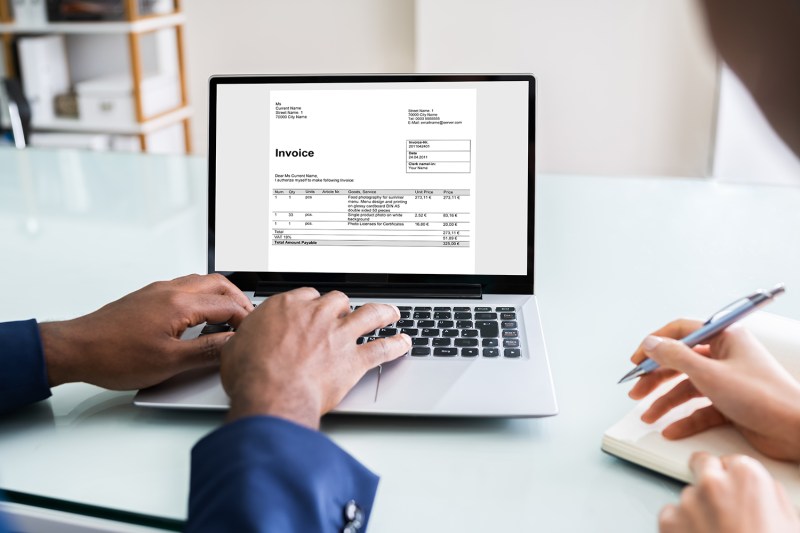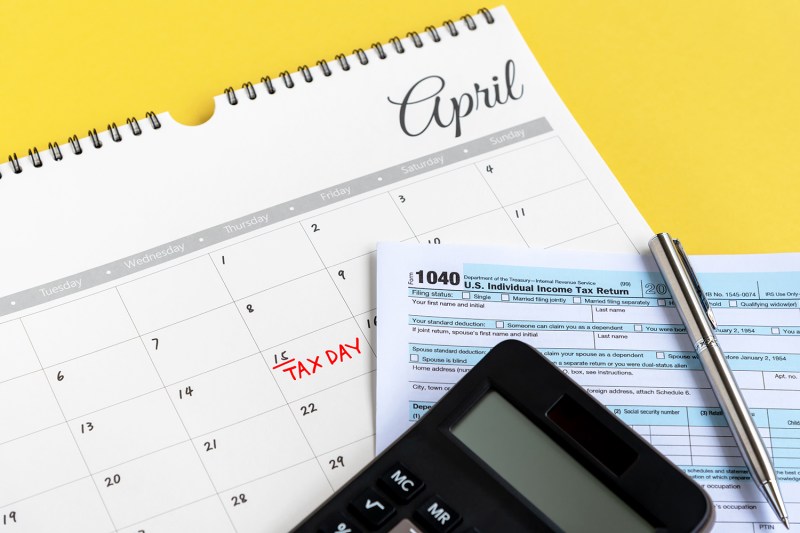
Last year, the COVID-19 crisis pushed the tax filing deadline back three months to July 15. This year, the last day to file taxes has been moved from April 15 to May 17. The window may be closing for submitting 2020 tax returns, but if you made more income in 2020 than 2019, waiting to file until after the third round of stimulus checks are sent could yield a higher relief payment.
Still, you’ll want to do your best to have everything in order by May 17 to avoid getting hit with penalties. If you’re feeling overwhelmed by tax season — especially after the year that was 2020 — we totally understand. That’s why we’ve put together this brief overview to help answer any questions you have about how to file your taxes in 2021.
What Is the Deadline to File Taxes in 2021?

The last day to file taxes in 2021 is now May 17, a month out from the original April 15 deadline. In 2020, tax day was pushed back three months in light of the coronavirus pandemic. If you need even more time to file, you can request an extension and push the deadline to October 15. However, you must make your request for an extension by May 17, or else you’ll face penalties from the IRS. Also, the October 15 extension only applies to filing taxes; any taxes owed will still be due on May 17.
Should You File Taxes Online?
Filing your income tax online is the easiest way to get everything directly to the IRS with little room for error. It’ll also expedite your refund, especially if you opt for direct deposit. Software such as TurboTax, H&R Block, and Jackson Hewitt makes it simple to e-file and costs much less than having an accountant prepare everything. However, many of these tax programs now include access to a human expert if you need their assistance, albeit at an additional cost.
Who Offers Free Tax Filing?
If you’re keen to cut costs on tax prep as much as possible, you can use IRS Free File for free federal tax filing if your adjusted gross income is $72,000 or less. Meanwhile, H&R Block Free Online includes federal and state tax filing at no cost for anyone with fairly straightforward taxes. Other free tax filing services include Credit Karma, Free Tax USA, and TaxAct. (Note that most of these free options charge a fee for state filing.)
How to File Taxes as a Self-Employed Worker
Freelancers now make up 36% of the American workforce per a study from Upwork. For individuals who find themselves working independently for the first time due to the pandemic, tax time may be a rude awakening. Unlike W-2 employees, independent contractors and freelancers are on the hook for paying estimated quarterly taxes in addition to filing an annual return. Underpaying for those quarterly taxes, or not paying them at all, can be very costly.
Fortunately, knowing how to file taxes as an independent contractor or freelancer will help you avoid sticker shock at tax time. Make sure you have 1099-NEC forms from any clients for whom you provided at least $600 in services. Also, maximize deductions like your home office or any business travel expenses to help keep your final tax bill low — a significant perk of working for yourself. Most importantly, keep track of your freelance income and business expenses throughout the year. Invest in bookkeeping software like QuickBooks Self-Employed, which also helps calculate estimated quarterly taxes. There are also tax credit service companies that can help you find ways to maximize your deductions.


